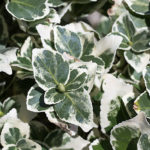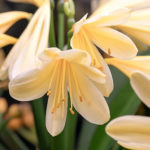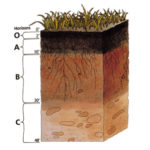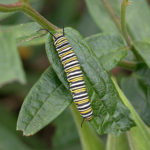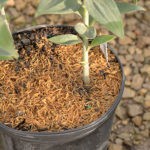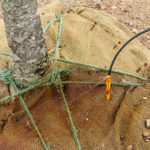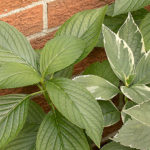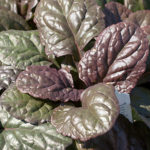Welcome to summer! This time every year we find ourselves having the same conversation with lots of drivers picking up plant material.
This conversation revolves around putting a tarp over their load of plant material. There are two typical answers for this. “I forgot a tarp” or “I am only going a few miles.”
To be honest, we have a chuckle at both of these answers, and the reason for the chuckle is quite simple.

In the case of “I forgot”, we generally know what most of the nursery tarp inventory for most of our customers looks like as we see them often. This also means we know how many tarps the company owns. My favorite “I forgot” comes from a good friend of mine. I sold him a new tarp multiple times when he forgot. And every time he was mad as he knew there were about twenty tarps sitting unused at his shop.

The latter, “I am only going a few miles”, is not so funny. During summer temperatures, damage to the foliage while driving down the road at 50 mph (or more) happens in just a few miles. So really, any driving with the plant material un-tarped will damage the plant.

Here is the beg from Christensen’s. Please tarp everything when you leave our nursery. We will help you tarp your load!!
P.S. We will not accept anything as a return that left without a tarp on it.


